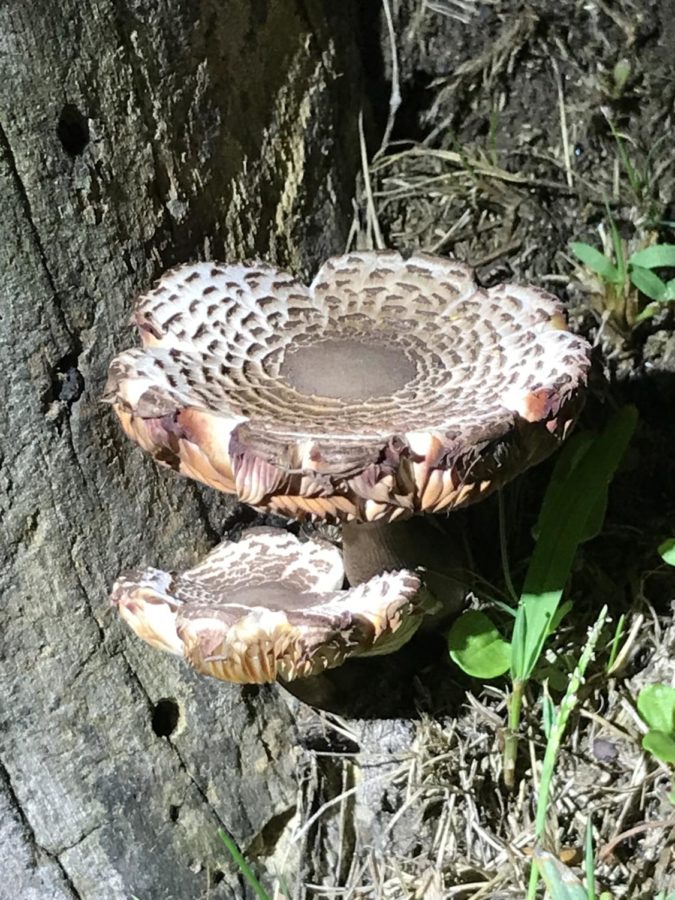Notes from a Naturalist: October
Fall is the time of year for south-ward migration! Many animals travel south during the winter months to escape the cold weather and declining food supplies. Birds are the most noticeable group of animals that migrate. Most of them fly at night and navigate using the stars, landmarks, or even the Earth’s magnetic field. This is an exciting time of year because we get to see birds that do not live around Massachusetts as birds from Canada and the Arctic Circle begin to head south to the southern US or even as far as South America. Keep an eye out for swarming flocks of birds, they may be residents or exciting new visitors! Some resident species to look out for are Red-Winged Blackbirds, European Starlings, and Mourning Doves. Some visitors that may pass by are Pine Siskins, Red-Shouldered Hawks, and Common Redpolls.
The damp, cool weather associated with fall is perfect for fungi to reproduce. The interesting organisms can reproduce asexually with spores. They do this by sending up a fruiting body (like a mushroom) which releases spores into the air. The spores float around until they land on soil or a dead tree and begin to grow new fungal networks. Mushrooms on their own are not the entirety of a fungus, the non-reproductive structure of fungi is a bundle of microscopic strands that can be found in soil and other organic material. Mushrooms are the fruits (just like an apple on an apple tree) that distribute spores (similar to pollen) and are part of a much larger microscopic underground network. Once the spores are released, the mushrooms wilt and die. Keep an eye out for mushrooms as they pop up around you!
October’s full moon, named the Harvest or Hunter’s Moon, will be visible on the 9th.
October is an interesting time of year for insects. Most of them have completed their life cycles for the season but there have not been any hard frosts to kill off the adults. But it is still cold out which makes insects sluggish. This is because they are ectotherms, they are not able to regulate their internal body temperature so their temperature is dictated by external temperatures. The chilly weather leads to insects basking in the sun to warm up, just like reptiles. Be on the lookout for any insects that look like they are sleeping while sitting in one place. These insects are most likely basking so they can warm up!
While we can see White-Tailed Deer almost anywhere at any time of year, they are truly remarkable during early fall. This is because this time of year is when the males compete with each other for breeding rights. This struggle, called the “rut”, is a fascinating event. The males have been growing their antlers all summer and by fall, these bony protrusions are massive and dangerous. The males rub their antlers on trees to make them sharp and use them when fighting, but most disputes can be settled by the males showing off their antlers and strength. They do this by thrusting their antlers into shrubbery in a behavior called thrashing. The noise created by thrashing is usually enough to show who is the stronger (and thus more dominant) male. While skirmishes between males can get intense, we humans have no need to fear deer because they are still very wary of people. Keep an eye out for deer with antlers this time of year!


